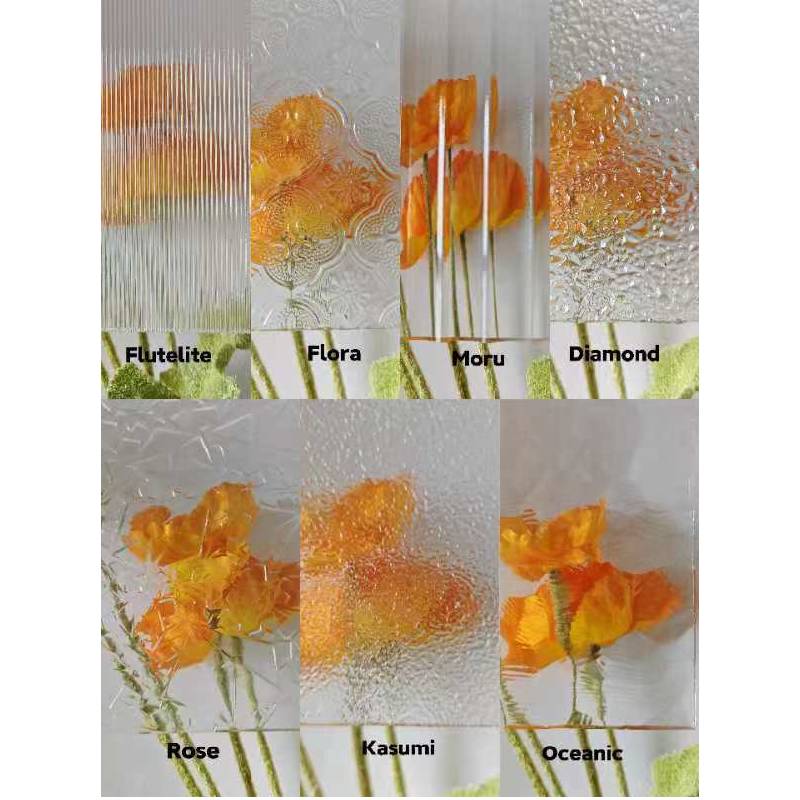

Understanding the Cost of Low-E Glass Per Square Metre
Low-emissivity (Low-E) glass has become an increasingly popular choice in modern building design, particularly for energy-efficient homes and commercial structures. Its unique properties not only enhance insulation but also contribute to overall energy savings. However, one of the most critical factors when considering Low-E glass for construction or renovation is the cost per square metre.
Understanding the Cost of Low-E Glass Per Square Metre
The cost of Low-E glass can vary widely based on several factors. On average, Low-E glass can cost between $50 to $100 per square metre. This price range is influenced by the type of Low-E coating used, the thickness of the glass, the manufacturer, and additional treatments such as tinting or laminating. For instance, triple-glazed Low-E windows, which provide superior insulation compared to their double-glazed counterparts, tend to be more expensive.

When evaluating costs, it’s essential to consider the long-term savings associated with Low-E glass. Although the initial investment may be higher than standard glazing options, the energy efficiency of Low-E glass means homeowners can enjoy lower energy bills over time. Studies have shown that buildings fitted with Low-E glass can lower heating costs by up to 30% and cooling costs by around 25%. This means that while the upfront costs are significant, the return on investment (ROI) can be realized within a few years through reduced utility expenses.
Additionally, the growing focus on sustainability and eco-friendly building practices is contributing to the increasing adoption of Low-E glass. Many regions offer incentives or rebates for using energy-efficient materials, which can further offset initial costs. Moreover, buildings constructed with Low-E glass may qualify for LEED (Leadership in Energy and Environmental Design) certification, adding value to the property.
It's also important to note that advancements in technology are continually improving the performance and affordability of Low-E glass. As the demand for energy-efficient solutions grows, manufacturers are developing new products that offer enhanced benefits at competitive prices.
In conclusion, while the cost of Low-E glass per square metre may seem steep at first, its energy-saving capabilities, potential financial incentives, and long-term benefits make it a worthwhile investment for anyone looking to improve the energy efficiency of their property. As consumers become more conscious of energy consumption and environmental impact, the choice of Low-E glass is likely to become even more prevalent in the building industry.